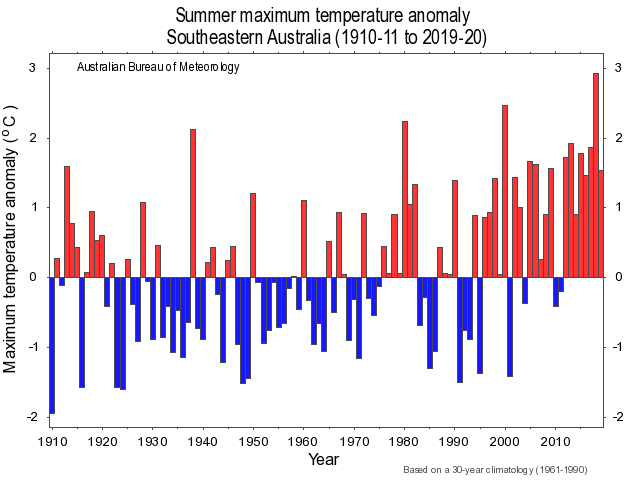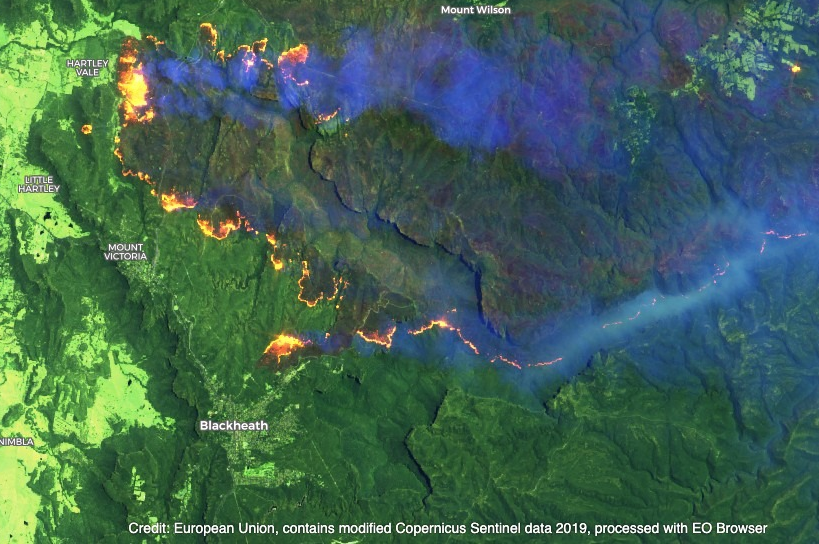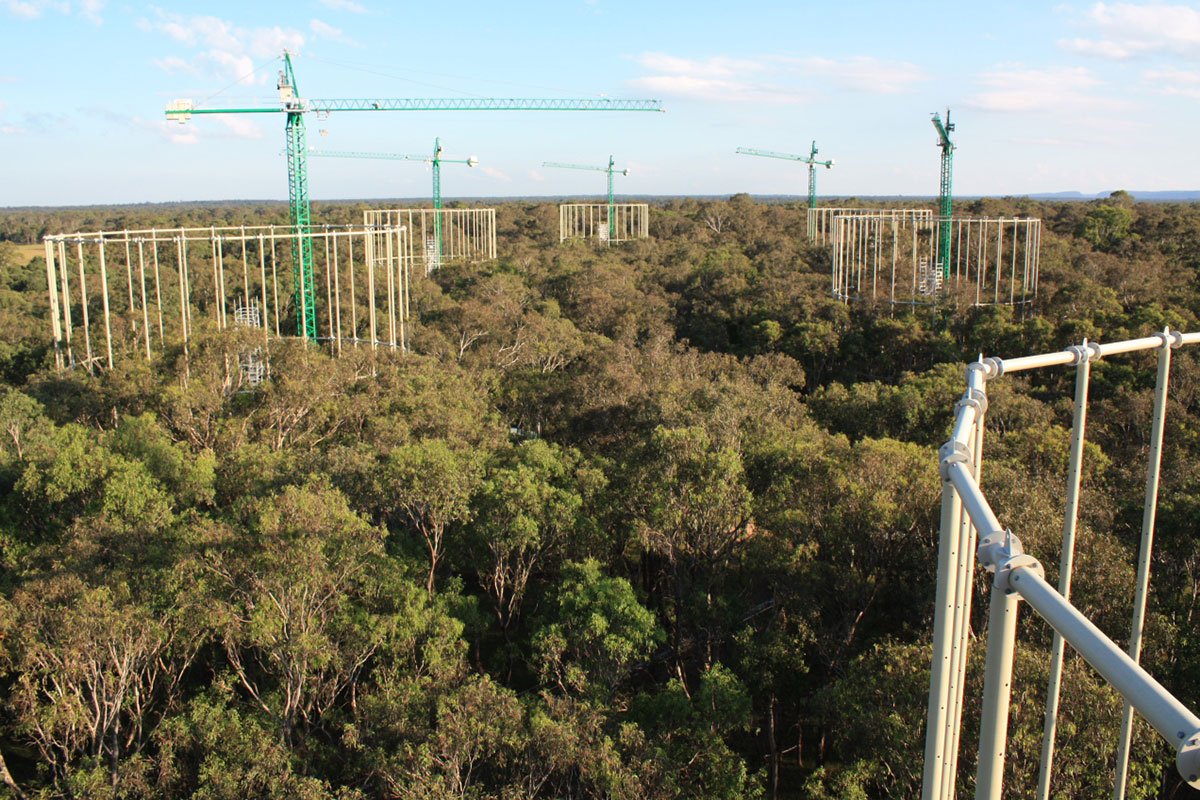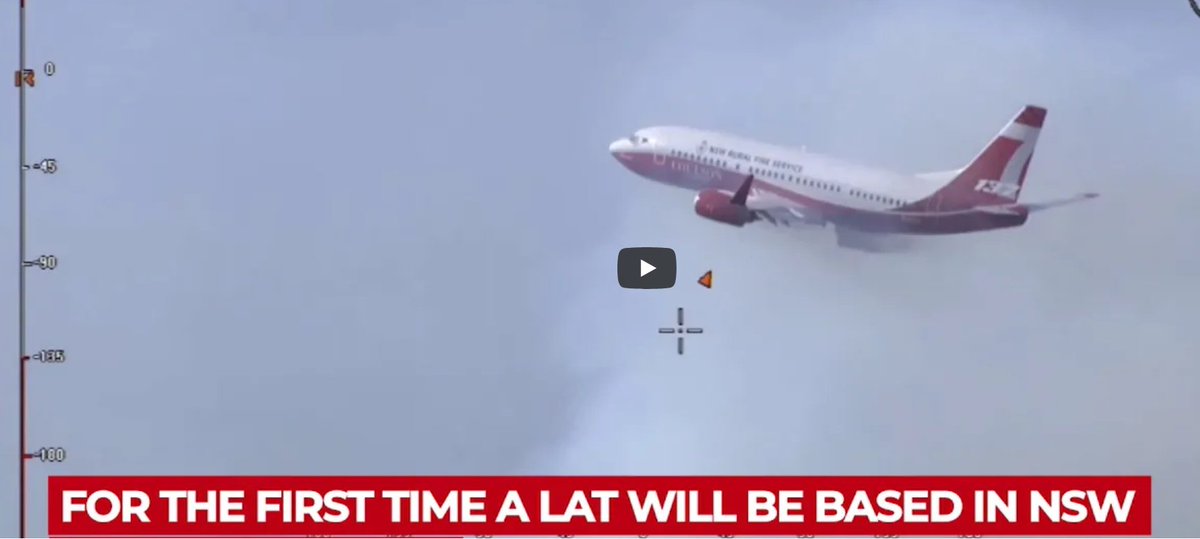That's an extraordinary signal if take a moment to look carefully -- the fire return interval across most of forested south-eastern Australia has ~halved in 30 years. https://twitter.com/Cirrus_JGray4/status/1358631074427858944
Why? Global heating-caused drying of course, but doubt that is the whole story. Possibilities:
1. Global heating drying
2. Global heating heating!
3. More ignition, from global heating-increased dry lightning
4. More anthropogenic ignition, from population growth
1. Global heating drying
2. Global heating heating!
3. More ignition, from global heating-increased dry lightning
4. More anthropogenic ignition, from population growth
5. Hotter, more extensive burning due to forestry-induced forest changes
6. More fire suppression-induced burning -- both hazard reduction burning and active firefighting ('back-burning')
7. Stronger forest growth due to CO2 fertilisation (shaky, but a real enough effect).
6. More fire suppression-induced burning -- both hazard reduction burning and active firefighting ('back-burning')
7. Stronger forest growth due to CO2 fertilisation (shaky, but a real enough effect).
Against that, subtract:
8. Better fire suppression (more and better-equipped firefighting).
Good luck teasing out the relative contributions, but are not looking at a small effect here.
8. Better fire suppression (more and better-equipped firefighting).
Good luck teasing out the relative contributions, but are not looking at a small effect here.
Examples, from the back catalogue:
1. Global heating drying.
The signal is strong now: https://twitter.com/Gergyl/status/1327001347204386816?s=20
1. Global heating drying.
The signal is strong now: https://twitter.com/Gergyl/status/1327001347204386816?s=20
2. Global heating heating!
That one does not have a tweet, because is too obvious. Fire season mean maximum temperature, south-eastern Australia:
http://www.bom.gov.au/climate/change/#tabs=Tracker&tracker=timeseries&tQ=graph%3Dtmax%26area%3Dseaus%26season%3D1202%26ave_yr%3D0
That one does not have a tweet, because is too obvious. Fire season mean maximum temperature, south-eastern Australia:
http://www.bom.gov.au/climate/change/#tabs=Tracker&tracker=timeseries&tQ=graph%3Dtmax%26area%3Dseaus%26season%3D1202%26ave_yr%3D0
3. More ignition, from global heating-increased dry lightning
Here you go -- Victorian high country, last January. Each little fire circle is a lightning ignition. https://twitter.com/Gergyl/status/1213082855393255424?s=20
Here you go -- Victorian high country, last January. Each little fire circle is a lightning ignition. https://twitter.com/Gergyl/status/1213082855393255424?s=20
4. More anthropogenic ignition, from population growth
Ask your local National Global Heating Party MP. Actually (unofficial) anthropogenic ignition is fairly unusual, but increase there is surely a real effect. https://twitter.com/BillHareClimate/status/1215851459922857985?s=20
Ask your local National Global Heating Party MP. Actually (unofficial) anthropogenic ignition is fairly unusual, but increase there is surely a real effect. https://twitter.com/BillHareClimate/status/1215851459922857985?s=20
5. Hotter, more extensive burning due to forestry-induced forest changes
Not just me; this is a documented effect. https://twitter.com/Gergyl/status/1217219101652733952?s=20
Not just me; this is a documented effect. https://twitter.com/Gergyl/status/1217219101652733952?s=20
6. More fire suppression-induced burning -- both hazard reduction burning and active firefighting ('back-burning')
A large effect. Fair bit of the 2020 burning in the Blue Mountains was NSW RFS mega-backburning, done for active 'firefighting' purposes.
https://twitter.com/Gergyl/status/1270294316242485248?s=20
A large effect. Fair bit of the 2020 burning in the Blue Mountains was NSW RFS mega-backburning, done for active 'firefighting' purposes.
https://twitter.com/Gergyl/status/1270294316242485248?s=20
7. Stronger forest growth due to CO2 fertilisation (shaky, but a real enough effect).
See e.g.:
https://westernsydney.edu.au/hie/EucFACE
See e.g.:
https://westernsydney.edu.au/hie/EucFACE
8. Better fire suppression (more and better-equipped firefighting).
I guess...
https://www.rfs.nsw.gov.au/news-and-media/general-news/featured/737-large-air-tanker
I guess...
https://www.rfs.nsw.gov.au/news-and-media/general-news/featured/737-large-air-tanker

 Read on Twitter
Read on Twitter





